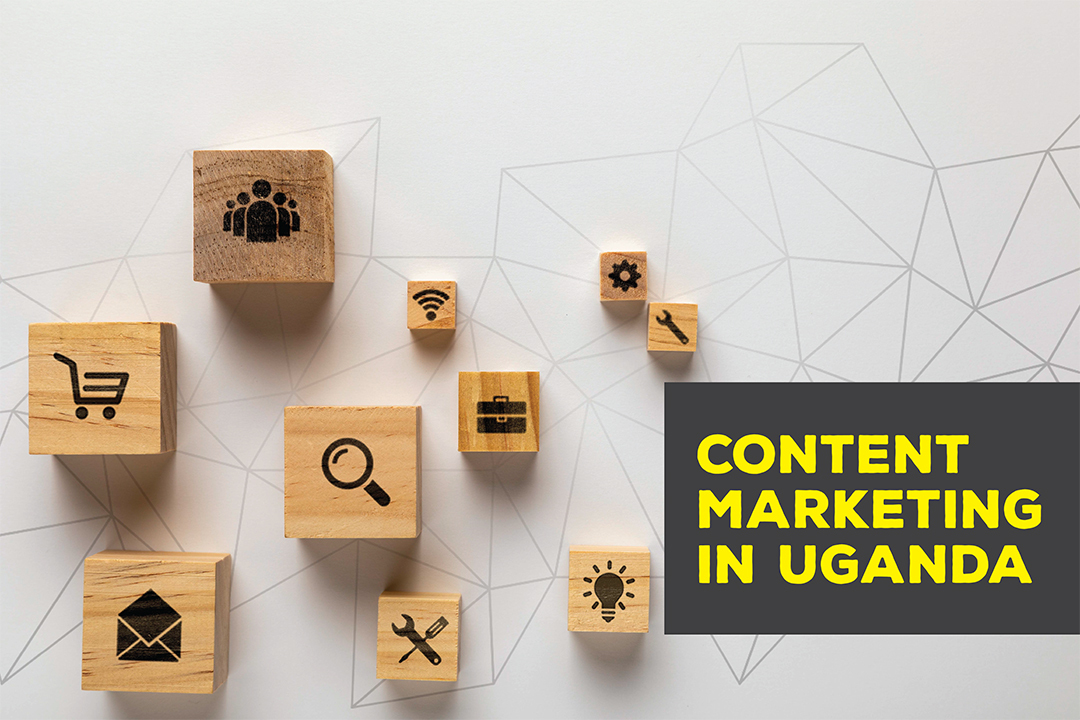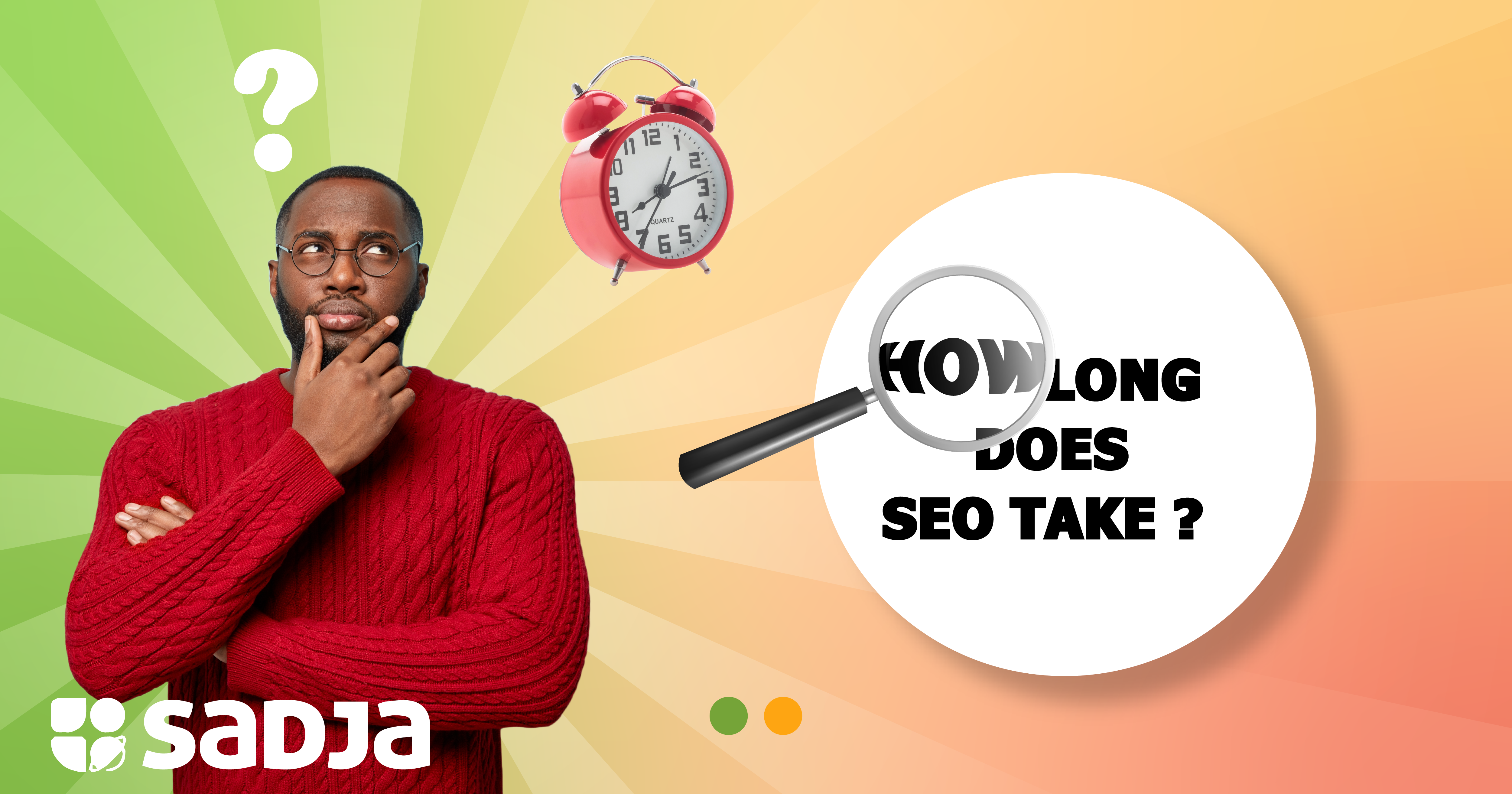The old ways of marketing are becoming less effective every day. As a marketer or business owner, you need to be a forward thinker and deliver valuable content where your customers are.
Your business needs to deliver relevant content to your audience members seamlessly with no disruptions like the TV commercials you see popping up every few minutes.
If you want to get more converting leads for your business, you will love this content marketing guide.
Let’s get started.
What is content marketing?
As humans, we have told stories from the time we lived in caves. Content marketing is simply storytelling, but the definition according to the Content Marketing Institute is;
….. a strategic marketing approach focused on creating and distributing valuable, relevant, and consistent content to attract and retain a clearly-defined audience — and, ultimately, to drive profitable customer action.
This means it’s a long-term strategy that will require you to build a strong relationship with your target audience, and in return, they will buy your product, become a brand ambassador for your products.
Why content marketing?
The sign is on the wall; traditional marketing doesn’t work anymore. At least not like in the 90s when we had a few channels, and the whole family would tune in to watch the news or a movie. Now with Youtube and streaming apps like Netflix with no ads, traditional media eyeballs have drastically dropped.
The big brands like Microsoft or P&G already realized the shift and are focused heavily on producing content for their customers in all forms. Videos, Ebooks, Podcasts, Infographics, and alike.
People lie, numbers don’t. A survey was done by Semrush of 1.200 marketers in over 36 countries, and 76% of the marketers said organic traffic is the key metric they measure in their content, while SEO had 67% when it came to improving content performance.
What are the types of content marketing?
Before you start listing down the type of content you want to produce, it’s good to know where your ideal customers are and how best they consume content.
But the best way to go is omnichannel, providing valuable content to your audience in all formats so they can consume them in any platform, anytime and very seamlessly. Now, here is the complete list of types of content marketing.
1.Writing Blogs on Your Website
Blogging is a type of inbound marketing. You sell your product by providing as much value to your customers.
Where did you look for answers to your questions on the internet? Probably google or bing search engines. In that same way, your customers are typing questions into search, and they expect valuable and in-depth answers. With blogs and articles, you can optimize for any FAQs from your target audience.
Fun fact, 6 of 10 buyers, according to Demand Gen Report for 2019, found that blogs have a powerful influence on the buyer’s decisions in the early stages of the buyer’s journey.
Just writing a medium to a large volume of words on your site will not be enough. You need to understand copywriting(persuading content), how your blogs will rank top on the search engine, and ways to best promote your content to drive traffic and eventually lead.
At Sadja Web Solutions, we provide blogging services so that you focus on growing your business with the qualified leads blogs generate you.
2.Video for Content Marketing
72% of consumers say they now prefer videos than any other form of content. And today, with just a smartphone with a great camera, you document video content on the go. No much editing is needed.
And if your business doesn’t have serious video content, you need to rethink your content marketing strategy. 13% of all internet traffic will come from live videos. Think Youtube, Instagram, Facebook, and even Linkedin live.
Why video marketing? Digital marketing expert Jim McQuivey thinks that a 1-minute video is equal to 1.8 million words. Your message can be delivered fast with videos. Again, 80% of marketers use video in their content marketing strategies.
3.Infographics for Content Marketing
Infographics are a great way to provide value in graphs and charts form with short statements interpreting the data. They work best when you want to educate your audience on complex topics.
With infographics for content marketing, you break the information down into displays that your audience will understand. 65% of brands use infographics in their content marketing.
Maybe you are wondering about creating infographics for your business, here is a beginners’ complete guide to creating infographics.
4.Social Media for Content Marketing
With social media users currently at 3.6 billion and estimated to hit 4.41 billion users by 2025, according to Statistica, it’s no brainers to invest in content for social media heavily.
In Uganda alone, internet penetration is now at 10.67 million users with 2.5million users on social media as of January 2020
What does this mean?
You need to double down on your content for social media. Considering almost all social media platforms have added stories, you can update your customers every 24 hours on offers, product launches, or even insights on how to get as much value from your business.
Before you double down on growing social media channels for your business, you will a digital marketing strategy that works for every platform; Facebook, Instagram, Twitter, and LinkedIn. As one of the best digital marketing companies in Uganda, we will work with you and your team to have a solid social media strategy that works.
5.Podcast for Content Marketing
A podcast is like a session airing on the radio, where people discuss specific topics related to businesses.
In general, podcast listening in Africa hasn’t picked that much, but the statistics in the U.S show that 37% of Americans listen to a podcast monthly, and this has grown by 54% in 3 years.
This is a growing trend that your business can dive into and grow on local platforms like Player FM, Spotify, Apple Podcast, and Soundcloud.
6.Paid Content Marketing
Pay per Click will help you reach a wide audience fast. Content advertising requires a budget to set in place. Google ads are not as cheap as they used to be in the last decade, but they give results.
Again, you don’t need to start with google ads. You can promote your content on social platforms like Facebook and LinkedIn. After creating great content, share a link or video snippet with a link to your website on social media. It works. And if you are thinking of promoting it, the budget is not as huge. It can be as low as $1 per day.
Running an ad has been simplified to just a few clicks, but for it to be optimized and deliver your money’s worth, you will need to understand the basics for each platform, or better yet, you can outsource an agency to do it for you.
To get the most from any or all these content marketing types that are working in 2020 and beyond, you need a strategy. Today, in this section, you will learn what you need to have the right content marketing strategy.
What is Content Marketing Strategy?
A content strategy is managing all formats of content from creation to deployment in a scheduled manner. Even the platforms and repurposing of content are part of a content marketing strategy.
46% of B2B marketers have a documented content strategy
There are 8 steps plan for developing a content marketing strategy. These are;
1.Set the right goals
Your content marketing goals should align with your business goals somehow because it all narrows done to business growth. Why do you want to develop content in the first place?
Answering this question will ease your content marketing plan.
2.Know your target audience
Who are you trying to reach? Understanding your buyer’s persona is critical to your content marketing success. The information that can help you with coming with your ideal customer include;
- What are their pain points that you are trying to solve?
- Customer demographics like age, gender, locations
- How they make their buying decisions
- Where they spend most of their time online
3.Map your buyer’s journey
This is the process of getting your ideal customer from not knowing anything about your product to becoming a loyal or lifetime customer. This varies from B2B to B2C.
And for high ticket purchases, the journey may require research, case studies for the customers to fully understand your product before they decide to buy.
It’s wise to start by doing a complete content audit on your website and determine if any answer questions to your customer pain points.
4.Research what is different from your competitors
Did you know that you can spy on your competitors?
With tools like Ubersuggest for keyword research, you can know what kind of content your competitors are writing and improve them. Also, you can see the gaps they are not paying attention to and take advantage of.
5.Build your brand story
Storytelling is powerful, it evokes human’s emotion. Your business needs to be a master of telling stories about your brand. Having a clear, central, and short message is one of the 7 tips for storytelling.
6.Brainstorm your content ideas
Here you need some like Buzzsumo, which has a paid version of Keyword Planner to discover content ideas that are trending, then you research the popular keywords you will use when creating the content.
7.Select your content channels
In this modern age, just follow the attention of your customers. If they are on Instagram, be there and if they are on Youtube watching videos, produce videos as well. Then you can always repurpose the content to other channels.
8.Publish and measure your content.
Immediately after hitting the publish button, you don’t stop there, you need to keep track of how the content performs and improve depending on the metrics.
Tools like google analytics and google search console can help. There are also paid tools like Moz.
Now, you already have your content marketing strategy written down, and on your calendar, you have scheduled the what and when to create and publish the content. How about you get some actionable tips for your content marketing journey.
Here are the best 12 tips for content marketing for a digital marketer:
1. Update old content
Nobody wants to click outdated content. Or the current keywords ranking on top are not the ones you created the content with, so you need to update the changes for your content to keep ranking.
Also, replace outdated images and links that might be broken or old, and you won’t lose the SEO juice you had with the original URL.
How do you know if the content is outdated? By conducting a content audit, which we have already talked about. You can as well use this step by step guide on how to conduct your content audit.
2.Content for Lead Generation
Before you can customers into the “buy now” button, they go through a sales funnel. With content marketing, you can get them there without much hustle. Just provide value upfront with your content. This will create awareness for your brand.
For instance, to help them in decision making as they go through the marketing funnel, you can provide case studies, testimonials, e-learning, and even data sheets to help seal the sale.
3.Optimize your headlines
A marketing legend David Ogilvy said;
“On average, five times as many people read the headline as read the body copy. When you have written your headline, you have spent eighty cents out of your dollar.”
People read headlines 90 percent of the time. Every headline you write for any form of content must draw attention to the reader if they are to continue consuming your content. Even for videos or audios, your introduction needs to be attention-grabbing in the right way.
4.Check for any grammar errors.
This may seem obvious, but it’s sometimes overlooked. No customer will do business with you if your content has silly grammatical errors. They won’t take you seriously.
Also, you don’t want google algorithm deeming your content not authoritative for grammar errors. With tools like Grammarly, you can minimize these errors even with their free version. They have a chrome extension you can install on your laptop, and it edits the errors as you write. Super simple and helpful.
5.Pay a close eye on the analytics.
We are living in an era of data technology. Let the numbers tell you what to do with your content. Is it to double down, change, or scale down what is not working?
Better yet, why not data-driven content? This will help you get results faster because you know what to expect, and if the metrics don’t add up, you can change them quickly. Here is the beginner’s guide to writing data-driven posts
6.Use A/B test
Not everything you will write will work. You need to A/B test every important section of your content and change what doesn’t work. This can be the images, content length, headlines, content formats, and various opt-in and CTAs.
Google has a free A/B testing tool you can use.
7.Engage with your prospects on all channels
Wherever you publish your content, engage with your prospective customers by responding to comments and answering questions within the shortest time possible.
When writing or creating content, address your audience as ‘you’ or ‘‘your’. It’s engaging, and the readers or listeners feel they are part of the conversation.
Ask for comments at the end, for both written and videos as well. I bet you have YouTubers doing it all the time. However, make it so natural like ” Let me know what you guys think about…..”
8.Long-form content performs better.
I guess you already know this. Just to stress on this, a study by quick sprout estimated that the average post of 1,292 words had 7.6% better conversion as compared to when it boiled down to just 488 words.
Now, the average blog post that will develop authority for the website publishing it and eventually convert better has to have 2.500 words or more.
9.Let your Email list get exclusive content.
As of 2019, ROI for email was $42 up from $38 from 2018, while the automated email average 70.5% higher open rates and 152% higher click-through rates than ‘business as usual’ marketing messages.
People love the fact that they get something special other than the general mass. Offering exclusive content for your email list is a gesture to your subscribers that they are special hence receive the best of the best.
10.Go Omnichannel with your content.
Let’s say you do a live stream on YouTube for 1 hour. It could be answering customers’ questions or offering exclusive deals to the early adopters of your new product or service. You break the content into relevant pieces for social media, turn it into a podcast for listeners, or even transcript it into a blog post for your website or LinkedIn article.
This way, one piece of content can reach your audience in any format they want, whatever channel they prefer, and anytime they want in case they missed a live stream. Learn more about how to create and execute omnichannel marketing.
11.Make use of influencers.
Be they Instagram or YouTube influencers, getting a shout out from influencers for your content can introduce you to a new audience you have been targeting.
Influencer marketing is estimated to be a $5-$10 billion dollar industry by the end of 2020
Other types of influencers you should pay attention to are; micro-influencers, bloggers, and authority influencers.
With the right strategy, these influencers can help you grow your business fast. You can learn more about how to grow your business using influencer marketing.
12.Let you Call-to-Action be a strong offer.
If you need more subscribers for your email list, have a sign-up button. You may want to let those who want to subscribe to what is in it for them. Give a compelling offer they can’t refuse, like an eBook or Free 30-Day trial.
Here are some more irresistible examples for CTA ideas for you to choose one that suits your business better.
Conclusion
Now it’s your turn. The above is all you need to know about content marketing, from types, strategy to tips that will help you be successful in your content marketing journey.
I did like to hear from you, as well.
Are you planning to develop your content marketing strategy?
Which strategy from the guide are you going to use right away?
How many content marketing tips are you currently using?
Either way, let me know your thoughts by leaving a comment below.
 +256 206 300885
+256 206 300885


